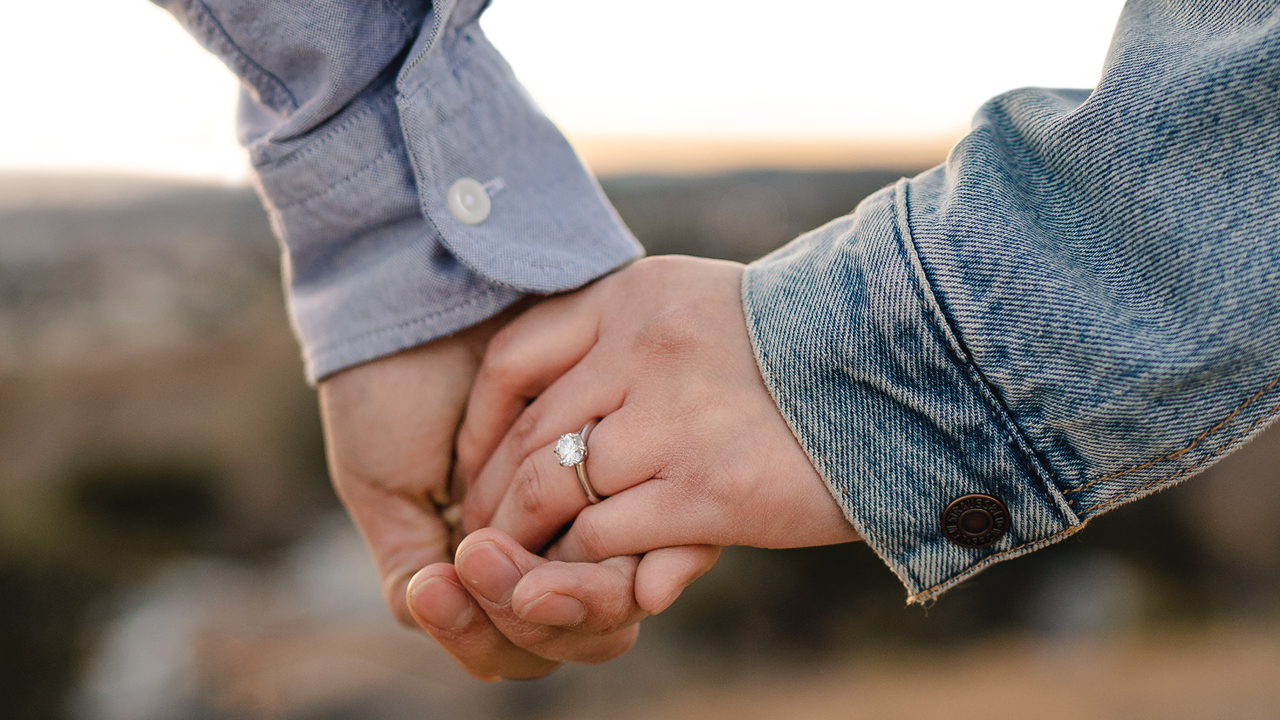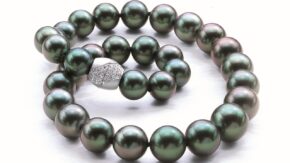With misinformation rife, it’s no wonder customers are confused when it comes to choosing between a natural or lab-grown diamond. Here’s how to answer their ethical and environmental questions to explain the real value of a natural diamond.
I want to buy an engagement ring, but I’m worried about blood diamonds. Aren’t all diamonds unethical?
I can understand your concerns, but there are many ways of ensuring you can buy a natural diamond that has benefited its local mining community. More than 80 countries are signed up to the Kimberly Process that ensures diamonds are conflict free. It’s true that in the 1990s, as much as 15% of recorded rough diamonds were from conflict zones; now it is less than 1%. Technology has moved on so much that we can trace diamonds from the mines to our store using blockchain, so we know their origin.
We choose to work with reputable suppliers that can prove provenance and ethical working conditions, as well as communicating the many ways they give back through providing career opportunities, or funding schools and hospitals, for example. There are many communities that would not survive without diamond mining. In Botswana, where the government has a stake in all mining activities, diamond mining contributed 33% of the country’s GDP in 2021.
OK, but what about the environment? Surely, it can’t be a good idea to be digging up the earth?
You’re right, mining is disruptive. There’s no way around that, but good miners are investing in helping to fund projects that protect our wildlife and strengthen our ecosystem.
De Beers, for example, has an environmental policy that states it will “have no net loss of significant biodiversity through responsible planning and stewardship of biodiversity, from exploration through to the closure of operations and making a contribution to biodiversity conservation in the regions within which we operate.”
For every acre of land it mines, De Beers pledges to dedicate six acres to nature conservancy, which has resulted in a 200,000 hectare stretch of reserve in southern Africa called the Diamond Route.
But all lab-grown diamonds are carbon-neutral, so they don’t need to make up for any damage.
Now that one, I would have to disagree with. Not all lab-grown diamond producers operate in the same way. Some are carbon-neutral businesses and are verified by external bodies, such as the SCS-007 diamond certification, but others produce a lot of carbon when making man-made stones.
As the lab-grown diamond industry grows, so too does the number of producers, and it can be hard to tell which come from carbon-neutral sources and which do not. It takes a lot of energy to achieve the high pressure and temperatures required to make lab-grown diamonds, which can be as much as 870,000 pounds per square inch and 1,600 degrees Celsius.
Another thing to think about is that, according to the Natural Diamond Council, 60% of lab-grown diamonds are produced in China and India, where 63% and 74% of grid electricity is generated from coal. In the same way, some natural diamond producers are more sustainable than others. Dimexon, for example, has announced an environmental plan that will see it eradicate single-use plastic this year, stop sending waste to landfill by 2025, and be fully carbon-neutral by 2030.
Why do we bother digging up diamonds if we can make them and they are exactly the same?
It is true that lab-grown diamonds and natural diamonds are chemically identical, but while one was grown in a lab in a few weeks, the other is a natural phenomena that has been part of the earth’s story for between 90 million and 3 billion years. There is a romance to that.
There is also a cost to that.
True, natural diamonds are more expensive, but when you look at the trends, lab-grown diamonds are a quick fix when it comes to investment. While you will pay less for them now, they are likely to be worth even less in the future.
There is a big gap at the moment between wholesale and retail prices. Production is increasing as the technology becomes cheaper; Bain & Co estimates the cost of producing a 1-carat lab-grown stone dropped 90% between 2008 and 2018. This has an impact on prices as the market floods with product; analyst Paul Zimnisky has found that a 1-carat round lab-grown diamond is now worth 80% less than its natural counterpart. Yet not all stores are passing on this discount.
Meanwhile, natural diamonds have increased in value by 3% per annum on average over the past 35 years. This trend will only continue as lab-grown diamonds increase in availability, and natural diamonds remain as rare as ever. Lab-grown diamonds might be OK for a piece of fashion jewelry you want to wear for fun, if you can get a true price on them, but for something like an engagement ring that you might want to hold value for when you pass it on to loved ones, natural is best.
OK, let’s have a look at the natural diamonds.
Coming right up.
This article is from RDI Diamonds’ June Gem Z special report. View other articles here.
Main image: Shutterstock
Stay up to date by signing up for our diamond and jewelry industry news and analysis.




